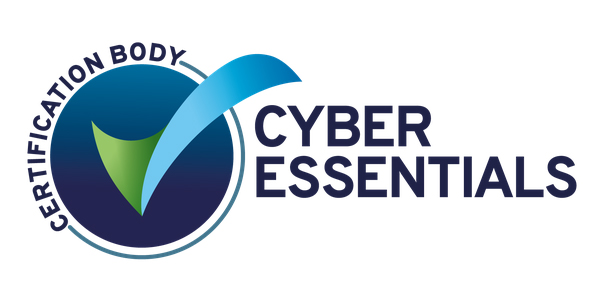It has been predicted that Healthcare IT will grow by up to 10% in the next 6 months, with the global market forecasted to be worth over £312 billion by 2024. This vast growth in the sector is a result of new legislations, improved IT solutions available, the protection of sensitive data and the increasing pressure to reduce costs while improving service quality. This growth should offer upgraded data security, enhanced services and improved devices.
Why is Healthcare IT changing?
Healthcare services cover a vast array of amenities, including (but not limited to) medicine, medical or surgical treatment, nursing, hospitals and dentistry. When you think about this sector, tech may not be the first thing to spring to mind; but, in this modern-day, healthcare relies on smart technology solutions more than most. The growth of IT in business can be seen on a wider scale, with global technology implementation increasing at an astonishing rate over the last decade. For example, think about the evolution of social media and the environmental (and practical) needs which are encouraging more businesses to go paperless.
Healthcare IT and cyber security
As well as practicality and improved services, of the major impacts on this transition is the need for data security. Gone are the days of crowded filing cabinets as companies are adopting digital documentation for its security and usability benefits. Research shows that hackers send attacks into the world every 39 seconds, on average 2,244 times a day, and with 68% of business leaders believing the risk of being attacked by a cyber-criminal is rising, there is no time to waste.
2020 alone has highlighted the importance of cyber-security, with many businesses coming under fire from cyber criminals, specifically in the healthcare and education sectors. The levels of data held in these specific areas that are under threat is very concerning. By updating IT solutions and introducing protected data environments, MFA (multi-factor authentication) and other enhanced security measures, such as penetration testing and security reviews, minimise the risk of data breaches astronomically.
How will service users be impacted?
This growth will impact everyone, including public health service users or patients. A lot of the work will go on behind closed doors but will ultimately be improving the security of patient data and the ease of service use. Automated systems and digital sign-ins are likely to be the most prominent change as far as service users are concerned. Digitalising sign in systems makes processes more streamlined, saving time and reducing queues that we have become accustomed to. Also, with additional data security in place, people will feel more confident in sharing their details. Service users should have the knowledge that it is stored safely, and they have access and control over their data (following 2018 GDPR regulations, this should already be the case).
How will employees be impacted?
Alongside the adoption of upgraded IT solutions and digitalisation of processes, the growth of healthcare IT will provide positive results for employees. As digital systems are set to lower the admin for service users, it will equally reduce the input from employees (hopefully meaning less disgruntled customers, too)!
If using cloud-based storage, data and document access across companies will be easier and data sharing will be simple and secure. Having information at the click of a button, rather than in a pile of paperwork will mean workers have more time to focus on their patients, rather than filtering files. With improved hardware, the overall process of handling data and organisation should become a simplified and all-round speedier process.
Finally, the Healthcare industry will save money – a lot. If Healthcare providers are using a reputable IT partner, new equipment and systems can often be managed and maintained by the account manager, with support just a phone call away and payments are often amortized across a contract term to make help manage cashflow.
But, what does it mean?
Of course, there is much more to Healthcare IT growth, including the introduction of AI (artificial intelligence) into health services and upgrades of medical equipment. But the main point to note is that healthcare IT growth is strongly attributed to improvements in patient experience and data security. These upgrades will improve efficiency for both staff and patients, creating a streamlined experience for those on both sides of the desk. As a result of improved data security measures, service users will feel more confident in handing over their data and business leaders will not have the worry of cyber-attacks (and the hefty fines they come with) on their shoulders.
Would you like to know how we can help with your technology upgrade or cyber-security? Book your free consultation with our expert team today by emailing enquiries@tmtech.co.uk.







